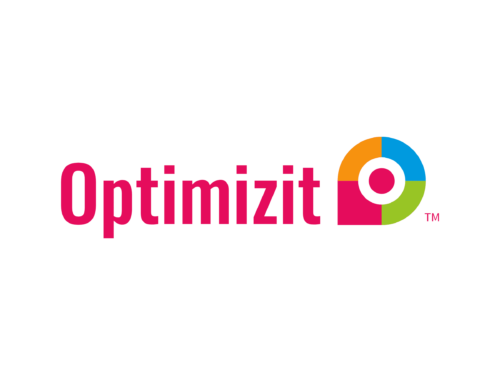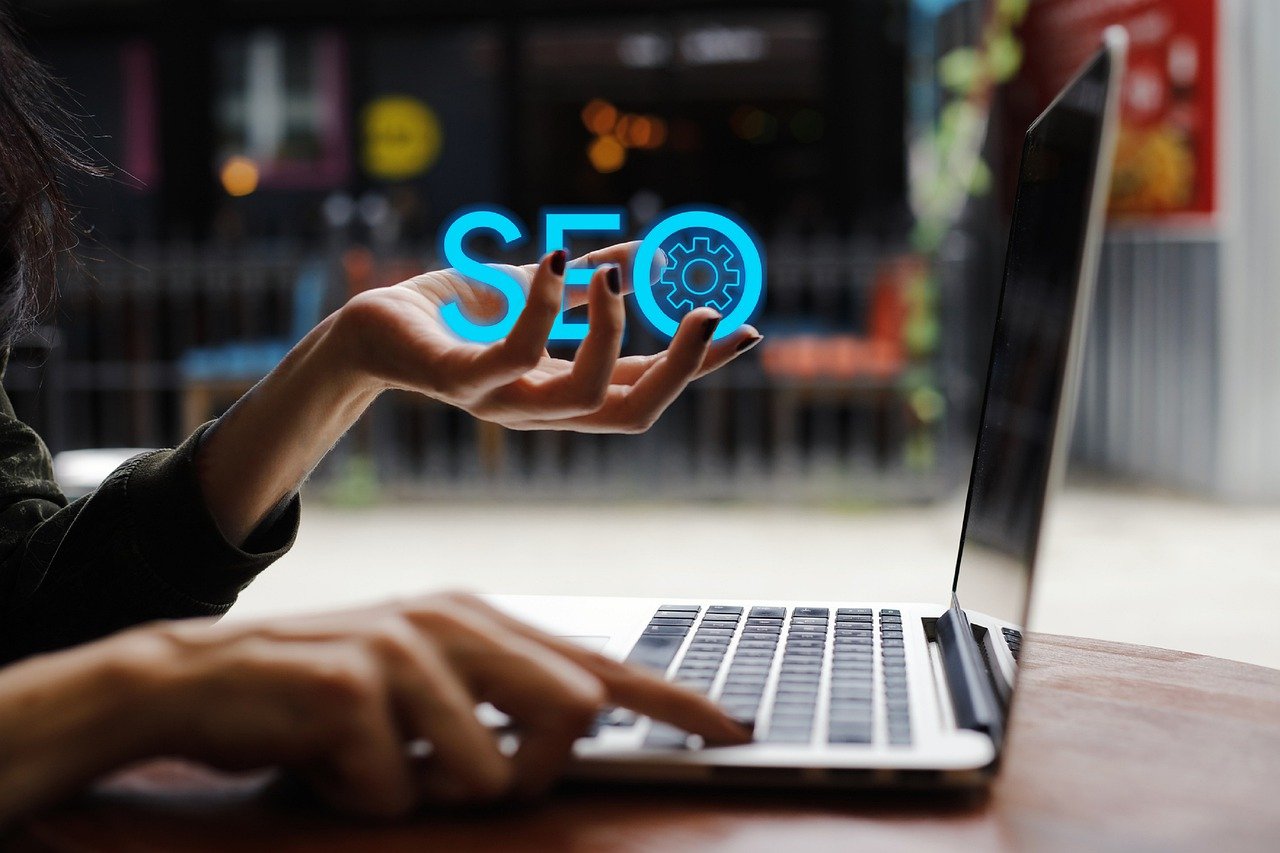On-page SEO is crucial for making sure search engines understand what your site is about. It helps improve your site’s visibility and ranking on search results. By focusing on easy, actionable steps, you can see significant improvements in your SEO performance. This article will guide you through some basic but effective techniques.
One of the first steps in on-page SEO is optimizing title tags and meta descriptions. These elements tell search engines and users what your page is about. They also play a key role in click-through rates. Another important factor is the use of headers and subheaders. Properly structured headers can make your content easier to read and understand.
Improving your URL structure is another simple yet powerful way to boost your SEO. Clean, descriptive URLs can help search engines index your pages better and improve user experience. Lastly, enhancing your image SEO can boost your overall site performance. Using high-quality images and proper tags will make your site more appealing to both users and search engines.
By following these easy steps, you can enhance your on-page SEO and improve your site’s visibility. Now, let’s dive into the specifics of each step to make your site search-engine friendly and user-friendly.
Optimizing Title Tags and Meta Descriptions
Title tags and meta descriptions are the first things people see in search results. A good title tag tells both users and search engines what your page is about. Make sure your title tag includes the main keyword and is around 60 characters long. Avoid stuffing it with too many keywords. A clear, concise title is best.
Meta descriptions give a brief summary of your page. They help users decide if they want to click on your link. Keep meta descriptions under 155 characters. Use action words to make them more compelling. Include your main keyword, but make sure it reads naturally. A well-written meta description can improve your click-through rate.
Both title tags and meta descriptions should reflect the content of your page. They need to be unique for each page on your site. If they are too similar, search engines may not know which page to show. This can hurt your ranking. By spending time on these elements, you can make your site more appealing to both users and search engines.
Using Headers and Subheaders Effectively
Headers and subheaders help organize your content. They make it easier for readers to follow along. They also help search engines understand the structure of your page. Use H1 for the main title of the page. Use H2 and H3 for subheadings. The H1 tag should include your primary keyword.
Headers break up large blocks of text, making your content more readable. This is important for keeping users engaged. Subheaders should be informative and related to the content that follows. Avoid using too many headers, as this can make your page look cluttered.
Headers also help with keyword placement. Include variations of your main keyword in your headers. This helps search engines understand the topic of your page. Be careful not to overdo it. Focus on making your content clear and useful for readers.
Effective use of headers and subheaders improves the user experience. It also makes it easier for search engines to crawl your site. This can lead to higher rankings and more traffic.
Improving URL Structure
A clean and simple URL structure is essential for SEO. Well-crafted URLs help search engines and users understand what your page is about. Aim for short, descriptive URLs that include your primary keyword. Remove unnecessary words like “and” or “the” to keep the URL concise.
When you create URLs, use hyphens to separate words. Avoid using underscores or spaces, as these can be hard to read and may not be understood by search engines. Each URL should be unique to the specific page and should accurately reflect the content of that page.
Proper URL structure also helps with site navigation. Visitors can easily see where they are on your site. This improves user experience and can reduce your bounce rate. Simple, keyword-rich URLs are easier to share and remember, which can help with social sharing and link building.
Enhancing Image SEO
Images are an important part of your content, but they need to be optimized for SEO. Start by choosing high-quality images that are relevant to your content. Use descriptive file names that include keywords before uploading them to your site. This helps search engines understand what the image represents.
Next, add alt text to all your images. Alt text is a short description that appears if the image fails to load. It also helps visually impaired users understand the content. Include your primary keyword in the alt text, but make sure it reads naturally. Avoid keyword stuffing, as this can hurt your SEO.
Also, consider the file size of your images. Large images can slow down your site, which can negatively affect your search rankings. Use image compression tools to reduce the file size without losing quality. Smaller, faster-loading images improve user experience and can lead to better site performance.
By focusing on these simple steps, you can boost your image SEO and overall site health.
Conclusion
Improving your on-page SEO doesn’t have to be complicated. By focusing on optimizing title tags and meta descriptions, using headers and subheaders effectively, improving URL structure, and enhancing image SEO, you can significantly enhance your website’s performance and visibility. These steps are easy to follow and can make a big difference in how search engines and users view your site.
Remember, the ultimate goal of SEO is to provide a better experience for users. When your site is easy to navigate and your content is clear and useful, not only do you rank higher, but you also keep visitors coming back.
Ready to elevate your SEO strategy? Optimizit offers expert solutions and professional SEO services to improve your website’s visibility. Contact us today to learn how we can boost your online presence with our affordable content marketing and SEO services.

